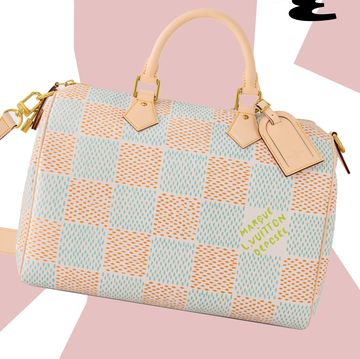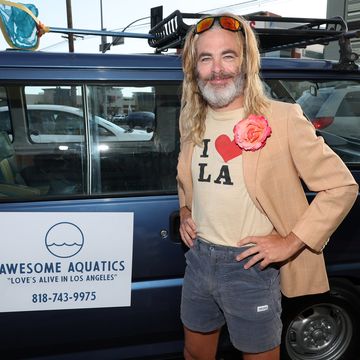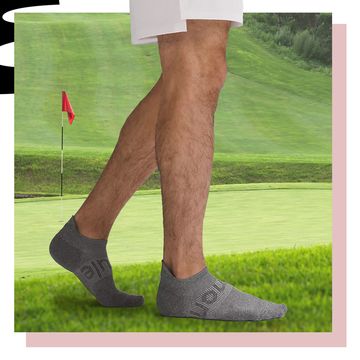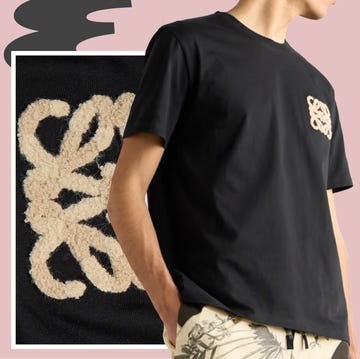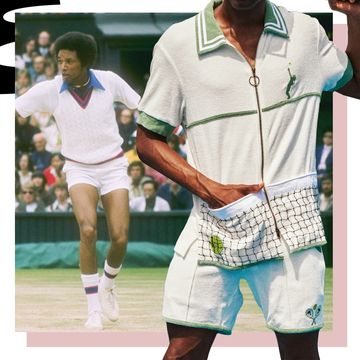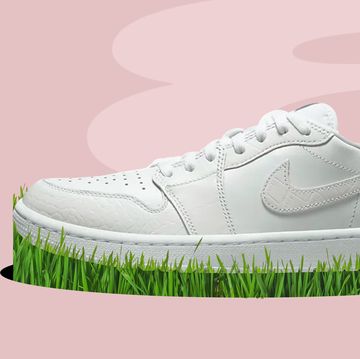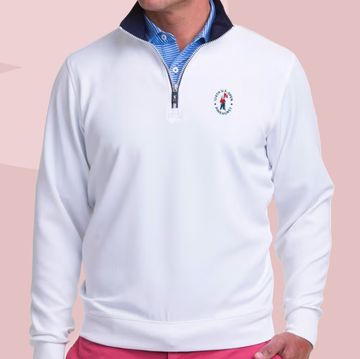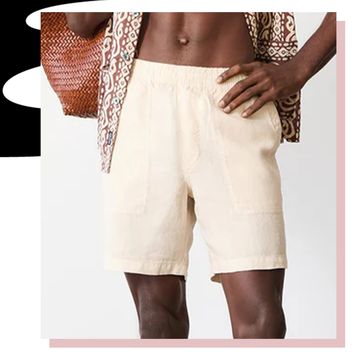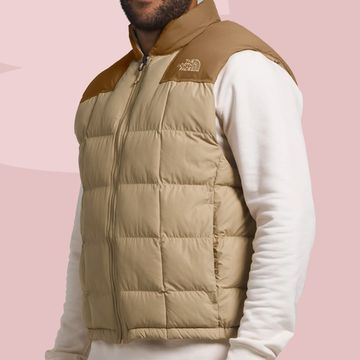Last week the Wall Street Journal compared the hemlines on men's shorts to Greenland's shrinking glaciers. Guys, it's just style OK? Besides the fact that media repeats this trend piece every season, the real story isn't about showing too much leg, but rather the wonderful options that a variety of acceptable hemlines now provide to men in shorts departments across the United States. Below, in a teaser from Esquire's June/July issue, Peter Martin eloquently muses on these developments and how to find the short that suits you best.
Freshman year of college, I stopped wearing shorts. This was stupid, and not only because I went to school in the South, where humidity was as much a fact of life as kudzu. I'd decided that very few men have the legs for anything other than pants. As my own were nothing to speak of—thin and knobby, like a couple dowel rods—not subjecting people to them was a gracious gesture to the universe. But I was letting my own neuroticism get in the way of my comfort. More than that, my problems stemmed from an issue I'd created myself, one that had a simple solution. I'd been choosing the wrong shorts: baggy, overly long, adorned with extraneous pockets and/or a place to hang a hammer. (Please: like you were so well dressed in the '90s.)
Over the last decade, as the silhouettes of suits, shirts, and pants have streamlined dramatically, shorts have gotten simpler, too. And more fitted. And even though they're still defined mostly by their usefulness on a hot day, they've become, like so many other unlikely things in our closets, something that an otherwise rational man might spend a good deal of time thinking about. How long should they be? How trim? Pleated or non? Khaki or non? We've got tons of options now, great ones and not-so-great ones, and unlike before (when the best thing about them was that you could just throw them on and not think twice), it pays to choose your shorts wisely.
This means finding shorts that work with whatever kind of legs you may have—fat, thin, whatever you call the things New York Ranger Martin St. Louis walks around on. Although there's no set length or width for fitted shorts, there is a sweet spot: the two-inch band starting an inch above your kneecaps. If you are particularly short or thick-legged, you want your inseam to fall in the higher reaches of that band. This tends to stretch you out a bit visually, giving the impression of longer legs. (One other tip: The shorter your shorts, the fewer things you want to carry in your pockets. You know, to avoid confusing bulges.)
For those of us with longer, thinner legs, the opposite is true: Shorts that end just above the knee can do wonders in terms of tricking people into thinking your thighs aren't the same width as your calves. Just remember that the longer your shorts, the more tapered they should be. You don't want your legs looking like the clappers of two bells. If you're seriously thin, you can even consider shorts with an inch-thick cuff, which can add a very slight—and very helpful—bit of heft.
You may be a little skeptical the first time you pull on shorts that actually fit. I was. But all it takes is two working eyes to confirm that you actually look better. You feel better, too—the confidence that comes with knowing you look good. Plus, and this might be the best part, you can prop a leg up on your knee without fear of exposing a testicle. Everybody wins, especially the guy sitting across from you in the backyard.
BONUS: ACCEPTABLE/UNACCEPTABLE PLACES YOU CAN WEAR SHORTS
A golf course: YES
The White House (unless your last name is Obama): NO
A restaurant that does not have a patio next to a body of water: NO
A restaurant that does: YES
The office: NO
A summer wedding: YES
A bar after dark: NO
A bar during the day: YES


